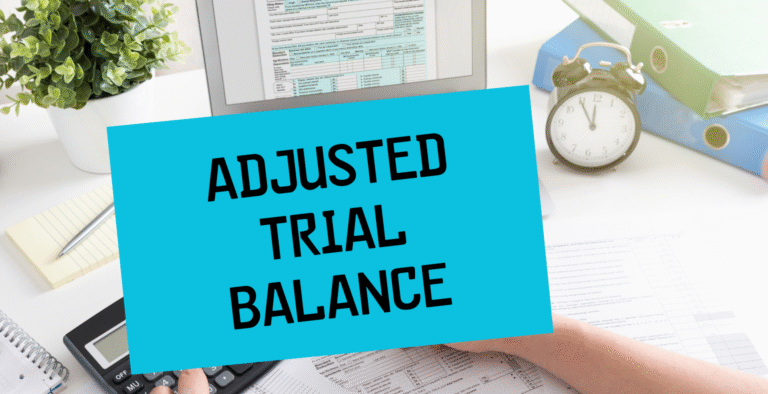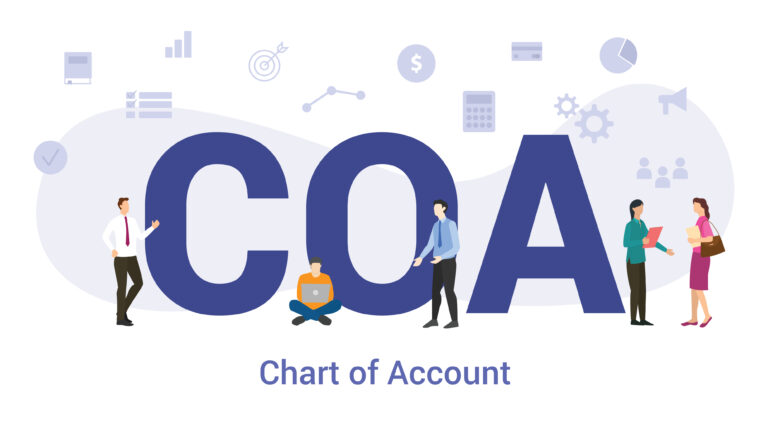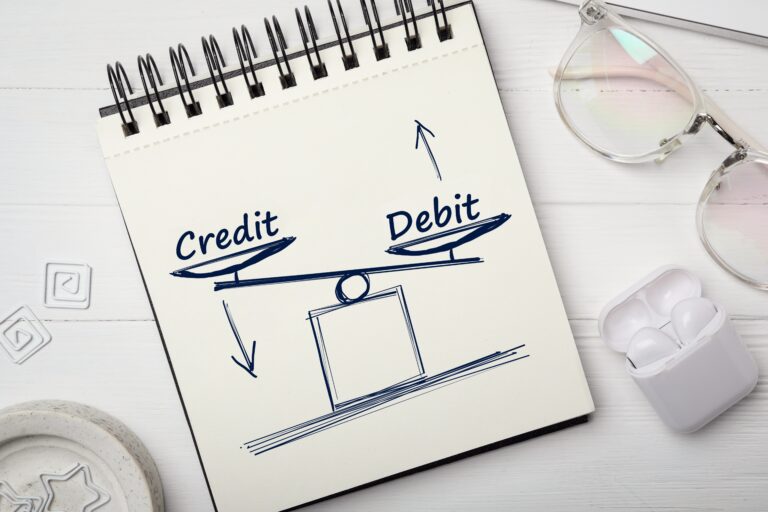Introduction
Bank reconciliations are crucial for keeping your business’s finances in check. They help you ensure that your financial records match your bank statements, allowing you to catch errors, prevent fraud, and better understand your cash flow. In this guide, we’ll break down what bank reconciliations are, why they’re so important, and how to easily handle them.
What is Bank Reconciliation?
Think of bank reconciliation as a process of comparing your business’s financial records with what your bank has on file. Essentially, you’re matching up transactions in your ledger with those listed on your bank statement, looking for any differences, and resolving them. When everything matches up, you can feel confident that your financial data is accurate.
Why Are Bank Reconciliations Important?
- Spot Errors Early: Reconciliations help you catch mistakes like duplicate entries or missing transactions, ensuring that both your records and bank statements stay accurate.
- Prevent Fraud: Regular checks make it easier to spot unauthorized transactions or anything that looks off.
- Gain Financial Clarity: Reconciled accounts offer a clear picture of your cash flow, making budgeting and forecasting more reliable.
- Stay Compliant: Many businesses are required by law to keep accurate records, and reconciliations help ensure you’re always up to date.
How to Perform a Bank Reconciliation (Step-by-Step)
- Gather Your Documents: Collect your bank statements, ledgers, receipts, and invoices.
- Compare Transactions: Go through your bank statement and match each transaction to your records. Mark any transactions that match up perfectly.
- Identify Discrepancies: If a transaction doesn’t match, investigate. It could be a timing issue, like a check that hasn’t cleared, or an entry error.
- Make Adjustments: Update your records to fix any errors or missing transactions.
- Balance the Books: Your updated ledger should now match your bank statement. If it doesn’t, keep checking until you find the issue.
- Document Everything: Keep records of your reconciliation process. These notes will come in handy for future reconciliations or audits.
Common Reconciliation Issues & How to Fix Them
- Uncleared Checks: These are checks that haven’t been processed yet. Make sure to account for them and adjust your records.
- Bank Fees & Interest: Sometimes fees or interest earned don’t show up in your records until you receive your bank statement. Adjust accordingly.
- Duplicate Entries: If a transaction was entered more than once, delete any duplicates to ensure accuracy.
Tips for Easier Reconciliations
- Do It Regularly: Monthly reconciliations help prevent minor errors from snowballing. If your business has many transactions, consider weekly reconciliations.
- Leverage Accounting Software: Tools like QuickBooks or Xero can automate much of the process, saving time and reducing errors.
- Stay Organized: Keep your documents—bank statements, receipts, invoices, and ledgers—well-organized to make reconciliation quicker and easier.
- Take Notes on Discrepancies: Detailed notes on any discrepancies you encounter can help you resolve them more efficiently.
Quick Breakdown of the Bank Reconciliation Process
- Bank Statement: Lists all transactions recorded by your bank, like deposits, withdrawals, and fees.
- Your Ledger: Your internal record of income and expenses.
- The Goal: Make sure both records align so you can be confident everything matches.
How Accredited Bookkeeping Can Support Your Business
At Accredited Bookkeeping, we understand the challenges small businesses face when it comes to managing finances. We’re here to help you streamline your bookkeeping processes, avoid unnecessary financial errors, and gain greater clarity about your financial health. Our services are designed to fit the specific needs of your business, giving you peace of mind while you focus on growth.
Contact us today for a free consultation and discover how we can make bookkeeping easier for you.
📧 marianne@accreditedbookkeeping.com
Marianne Kirwan
📞 352-626-0116
📅 Schedule a meeting











